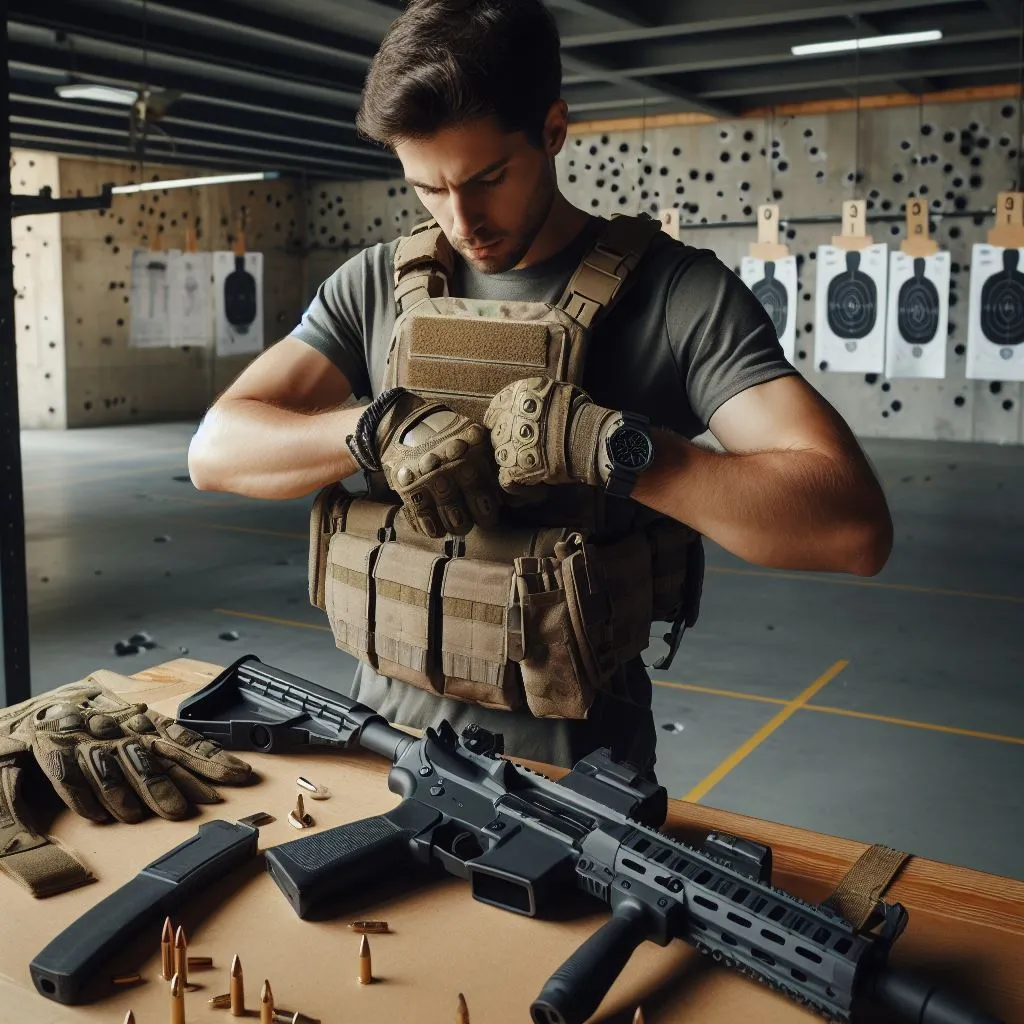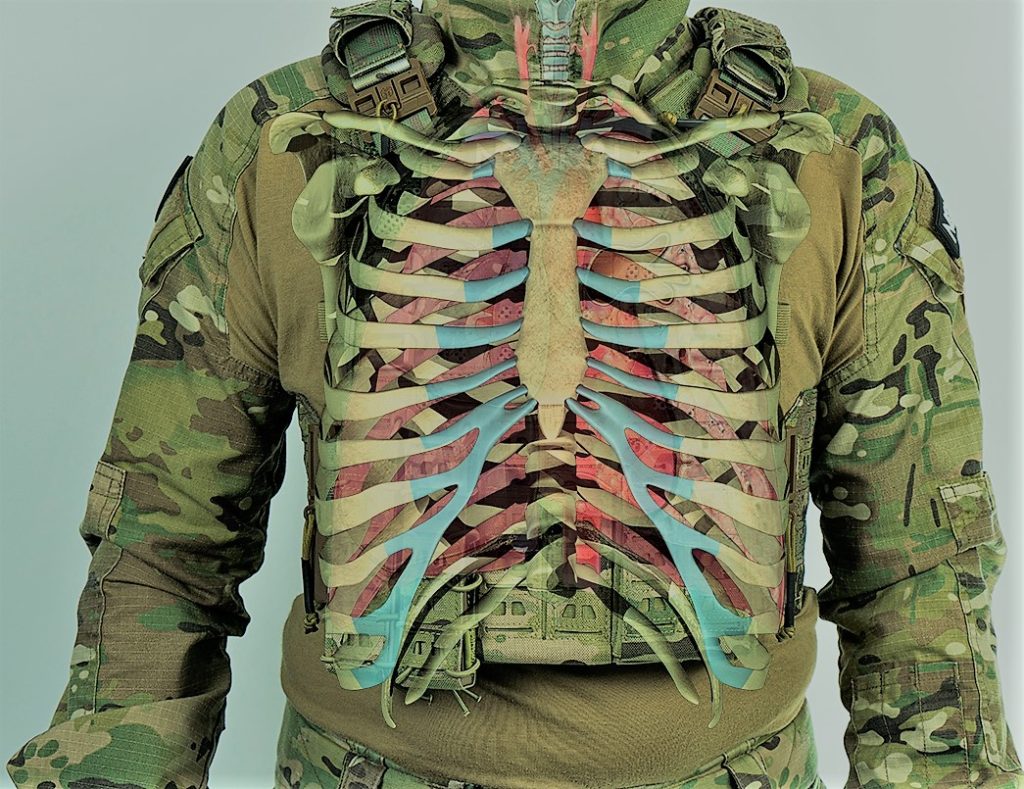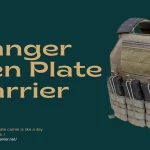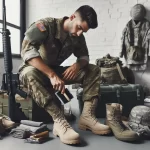Plate carriers are essential gear for individuals in various professions, from military personnel to law enforcement officers and outdoor enthusiasts. The effectiveness of a plate carrier hinges on How Should A Plate Carrier Fit? In this comprehensive guide, we’ll delve into the nuances of achieving the perfect fit for a plate carrier, exploring key components, common mistakes to avoid, the importance of comfort, expert tips, and the delicate balance between protection and mobility.

How should a plate carrier fit? Steps to Properly Fit a Plate Carrier
Step 1- Measure the torso and select the right size carrier based on the manufacturer’s guidelines.
Step 2- Adjust the straps and buckles to achieve a snug fit without restricting movement:
- Adjust the shoulder straps to ensure the carrier sits at the right height on the torso.
- Tighten the cummerbund to achieve a snug fit around the waist.
- Adjust the side straps to ensure the carrier is centered on the torso.
Step 3- Check for proper range of motion:
- Perform basic movements such as running, kneeling, and prone positions to ensure maximum mobility.
- Ensure the carrier doesn’t impede movement or cause discomfort.
Step 4- Make adjustments as needed:
- Loosen or tighten straps and buckles as necessary to achieve the best fit.
- Check the fit of the carrier periodically during use and make adjustments as needed.
Related Post: How Tight Should my vest be?
Tips for Getting the Perfect Fit
How Should A Plate Carrier Fit? Getting the perfect fit for your plate carrier may take some time and adjustments. Here are some tips to help you get the perfect fit:
- Always measure your body before purchasing a plate carrier.
- Try on different plate carriers before buying to find the right fit.
- Adjust the straps to ensure the plate carrier fits snugly but not too tight.
- Ensure the plates cover your vital organs.
- Wear the plate carrier for an extended period to ensure it is comfortable and does not restrict movement.
Related: Complete guide about wearing a plate carrier.
Key Components of a Well-Fitted Plate Carrier
Proper Chest Coverage
One of the fundamental aspects of a well-fitted plate carrier is ensuring adequate chest coverage. The plates should cover the vital organs, offering maximum protection without compromising mobility.

Adjustable Straps and Buckles
The beauty of plate carriers lies in their versatility. Adjustable straps and buckles are crucial components that allow customization to individual body shapes. Think of these as the tailoring elements, ensuring that the plate carrier sits snugly against your body, preventing unnecessary movement during intense activities.
Comfort and Mobility
While protection is paramount, comfort and mobility are equally important. A plate carrier should feel like a natural extension of your body, enabling fluid movements without causing discomfort.
Common Mistakes to Avoid
Over-tightening
One common mistake is over-tightening the plate carrier. Tightening the straps excessively may seem like a way to enhance security, but it often leads to restricted blood flow and discomfort.
Incorrect Placement
Placing the plates incorrectly within the carrier can compromise protection. Take the time to understand the design and ensure proper plate placement.
Ignoring Adjustments
Some users overlook the importance of regular adjustments. Bodies change, and so should the fit of your plate carrier. Ignoring necessary tweaks over time can lead to an ill-fitting and less effective piece of gear.





